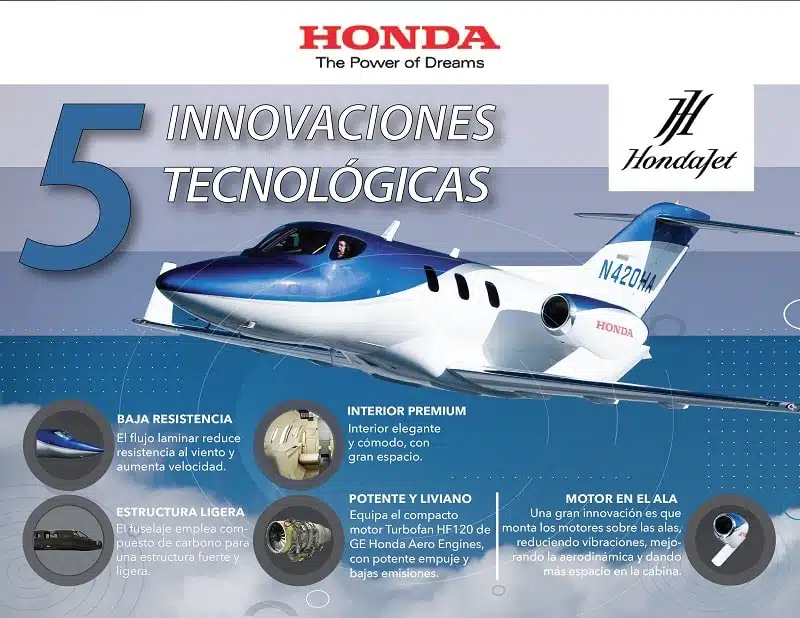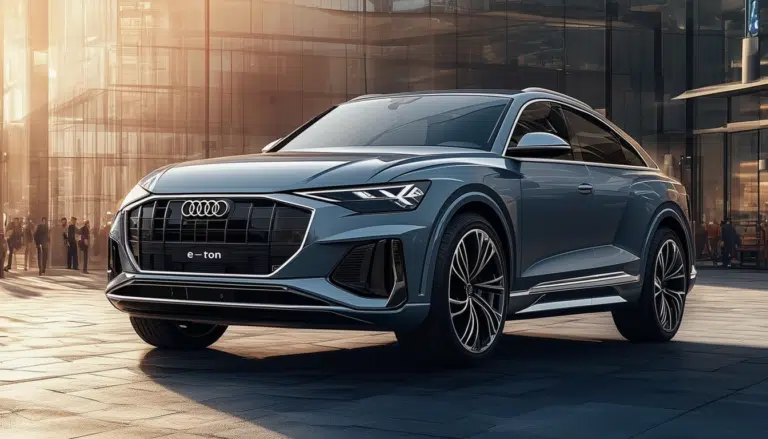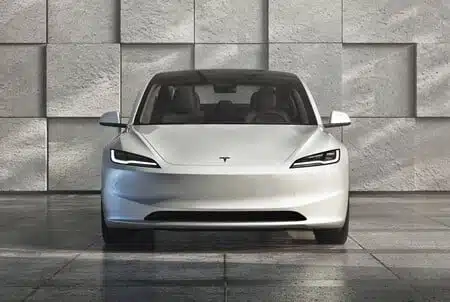Technological innovations driving efficiency and sustainability in the aviation industry

Currently, the aviation industry is at a crossroads, facing increasing pressure to reduce its environmental impact while continuing to provide essential mobility services. Emerging technological innovations are playing a crucial role in this transformation, developing solutions that enhance operational efficiency and promote sustainability. From the creation of sustainable fuels to the implementation of more efficient navigation systems, these technologies not only seek to mitigate greenhouse gas emissions but also redefine the future of air transport.
Aviation faces a crucial challenge: balancing its growing demand for mobility with the urgent need to reduce its environmental impact. To achieve this, the industry is betting on a number of technological innovations that not only improve energy efficiency but also promote sustainability. These innovations range from advances in aircraft design to the adoption of sustainable fuels and new technologies in propulsion.
Advances in Aircraft Design
One of the areas with the greatest potential for efficiency is aircraft design. New aerodynamic configurations aim to reduce air resistance, which translates into lower fuel consumption. These improvements are part of a continuous effort that integrates lighter new materials, such as carbon fiber, that increase efficiency without compromising safety or performance.
Advanced Materials
The use of composite materials allows for weight reduction in aircraft, which, in turn, decreases fuel consumption. Next-generation models already utilize more than 50% of their structure in advanced materials, representing a significant change in the way aircraft are designed and manufactured.
Use of Sustainable Fuels
The adoption of sustainable aviation fuels (SAF) is gaining ground as a viable solution to mitigate greenhouse gas emissions. These fuels, of biological or synthetic origin, are blendable with fossil fuels, facilitating their implementation in the existing air fleet.
Development of Alternative Fuels
In addition to SAF, other alternative fuels, such as hydrogen, are being explored. This fuel has the potential to completely eliminate CO2 emissions, although its adoption faces technical challenges related to storage and sustainable production at scale.
Improvements in Propulsion Systems
Innovations in propulsion systems are fundamental to improving the efficiency of air transport. The industry is researching various engine configurations, including hybrid systems and new generations of turbofans, which optimize the bypass ratio and use technologies such as water injection to increase efficiency and reduce emissions.
Electric and Hybrid Aircraft
The development of electric and hybrid aircraft is emerging as a promising solution for regional transport. These models, which use electricity and kerosene in different phases of flight, can significantly reduce fuel consumption on short flights, thereby promoting sustainability in general aviation.
Collaboration and Regulatory Strategies
The effectiveness of these innovations also depends on collaboration among various stakeholders in the sector, including aircraft manufacturers, airlines, and regulatory bodies. Frameworks are being established that encourage the adoption of clean and sustainable technologies, aligning with global goals for climate change mitigation.
Regulations and Sustainability Policies
The regulatory landscape plays a crucial role in implementing sustainable practices. The International Civil Aviation Organization (ICAO) and the European Union are setting goals for climate neutrality and promoting investment in clean technologies, which is vital for the future of international aviation.
Sustainability Projects and Initiatives
Several programs and initiatives support research and development towards a more sustainable future. A notable example is the Clean Aviation program, which focuses on emission reduction objectives through technological innovation, including the use of SAF and the creation of more efficient aircraft.
Additionally, strategies must consider those outlined in various studies, which emphasize the importance of improving air traffic management and airport infrastructure to maximize efficiency and minimize noise and emissions in the areas surrounding airports.
Conclusions on Progress Towards Sustainability
Technological innovations in the aviation industry are key to achieving a balance between mobility and sustainability. With a coordinated focus on the development of new technologies and fuels, aviation can move towards a future where the reduction of its ecological footprint becomes a reality. Through concerted efforts and significant investment in research, it can be ensured that the air transportation sector continues to be a driver of social and economic development while protecting the environment.
Technological Innovations for Efficiency and Sustainability in Aviation
The aviation industry faces a significant challenge: balancing the growing demand for air transport with the urgent need to reduce its environmental impact. In this context, technological innovations play a fundamental role, offering solutions that not only improve energy efficiency but also contribute to the sustainability of the sector.
One of the most promising developments is in the field of sustainable aviation fuels (SAF), which represent a viable alternative to traditional fossil fuels. The use of these fuels can significantly reduce carbon emissions while leveraging existing infrastructures and minimizing transition costs.
Moreover, innovations in aerodynamic design and materials used for aircraft construction have optimized fuel consumption. The implementation of composite materials, which are lighter and stronger, translates into airplanes that require less energy to fly, which in turn recovers operational efficiency and reduces costs.
On the other hand, the electrification of aircraft, although still in development phases, offers a horizon in which regional and short flights could be conducted using electric or hybrid engines. This transition could fundamentally change the landscape of air transport, making it cleaner and less dependent on fossil fuels.
Regulatory initiatives and commitments from international organizations such as the ICAO provide a structural framework that supports the development and implementation of clean technologies. As societal and political pressure to mitigate the environmental impact of aviation increases, the sector is compelled to innovate rapidly, ensuring that the future of aviation is sustainable, safe, and efficient.






